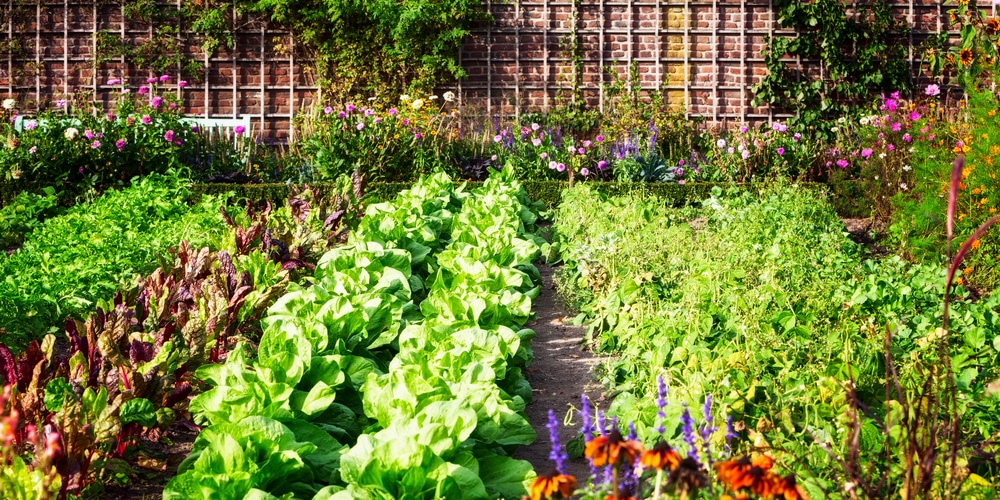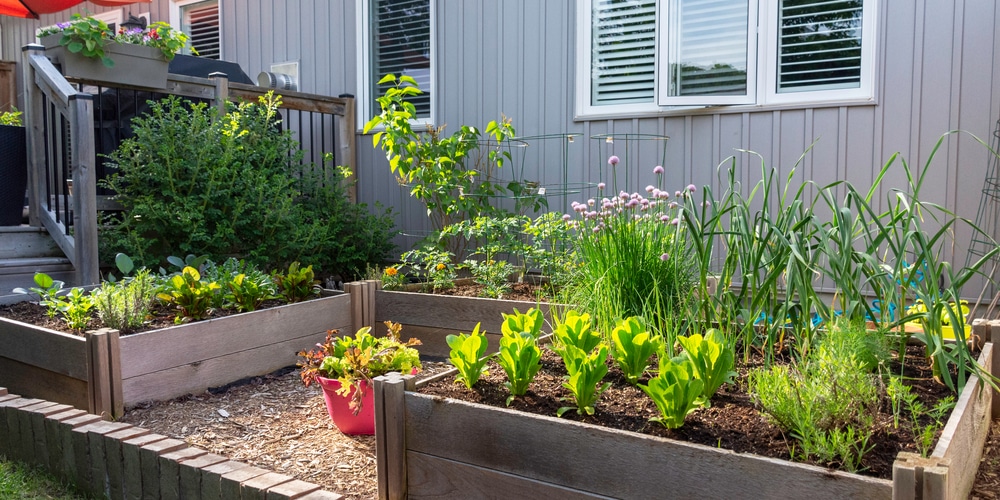The city of Portland stays green all year. But in the last years, severe drought and extreme winds fueled some of the most destructive wildfires in state history.
Then the heat dome set an all-time record for three days in a row in triple digits, making it hard for some plants to survive.

What planting zone is Portland, Oregon? According to the USDA plant hardiness zone map, the city of Portland is in zones 8b and 9a. But gardeners and farmers alike know that the sun plays a vital role in determining where to plant your crops.
Starting in early spring, the burst of sun in the morning and the blast of afternoon heat make placing your plants in the right spot one of the most critical tasks for success.
The Climate Of Portland, Oregon
The summers in Portland are dry, with very little rain. In the winter, it rains hard for days and days. And this scenario repeats in all parts of the city. You can check the Portland rainfall map to see how little variation there is for every location in terms of water years.
What type of climate is Portland, Oregon? Oregon gets cool weather from Canada, wet, moderately warm weather from the Pacific Ocean, and heat from the South and the East. And Portland is relatively close to the coast. So, it has a mild climate all year round.
The snowy weather does not last all winter, and the summers are not as hot as in the desert region. But a long streak of no rainfall days is also common during the warm seasons, up to 71 consecutive days.
Before You Plant Your Vegetables In Portland
Roses do very well in Portland. In fact, they love the dry summers. Conifers also thrive in the mild climate of the western valleys.
But growing vegetables in Portland may prove challenging if you do not follow a proper planting calendar—see page 7, the Region 2 column.
June is usually a transition month from spring to summer in Portland. The temperature cycles oscillate between 50 and 70 F. But as the weather change in June, the rain becomes less frequent.
Historically, July and August are Portland’s driest months—with the last week of July and the first week of August being the driest of the year.
In September, the nighttime temperatures start falling and can reach 50F even though the daytime temperatures can still be pleasantly warm.
The weather becomes unpredictable, and the rain comes back. And thunderstorms are a preface to the second transition from summer to fall in October.
Wind gusts can cause many problems in the garden during the transition periods, even if you set up a greenhouse.
So, it is better to label everything because you can never know when a windstorm can blow the shelves of your greenhouse over as it passes by.
What Planting Zone Is Portland, Oregon, If We Consider Climate Change?
Plants preferring mild, moist summers may have a problem growing in Portland, Oregon. Why? Because summers tend to become hotter and drier for long periods during the summer months. Most flowering plants might not like sudden rain coupled with a long streak of drought as well.
Not long ago, the U.S. Department of Agriculture defined Portland as a planting zone 8b. But in 2012, the experts changed the parts of inner Portland to zone 9b. And this trend is probably continuing in 2022.
It would not be unreasonable to expect more parts of the city to become officially zones 9b. But the change might not happen suddenly in the following years.
Between the heatwaves and the devastating wildfires, the impacts of climate change are visible to anybody.
But IPCC’s climate change models have been wrong in the past and keep showing significant errors. So, while a hotter future is certain, the change might not happen as quickly as we might think.
For gardeners and farmers, this distinction means that they can create the spaces they want just the way they want them to be.
But they will have to adjust over time to help their plants survive the heatwaves and severe drought ahead. As an illustration, by installing a drip irrigation system or adopting other farming practices to combat climate change effects.
Related Article: When to Plant Garlic in Oregon?

